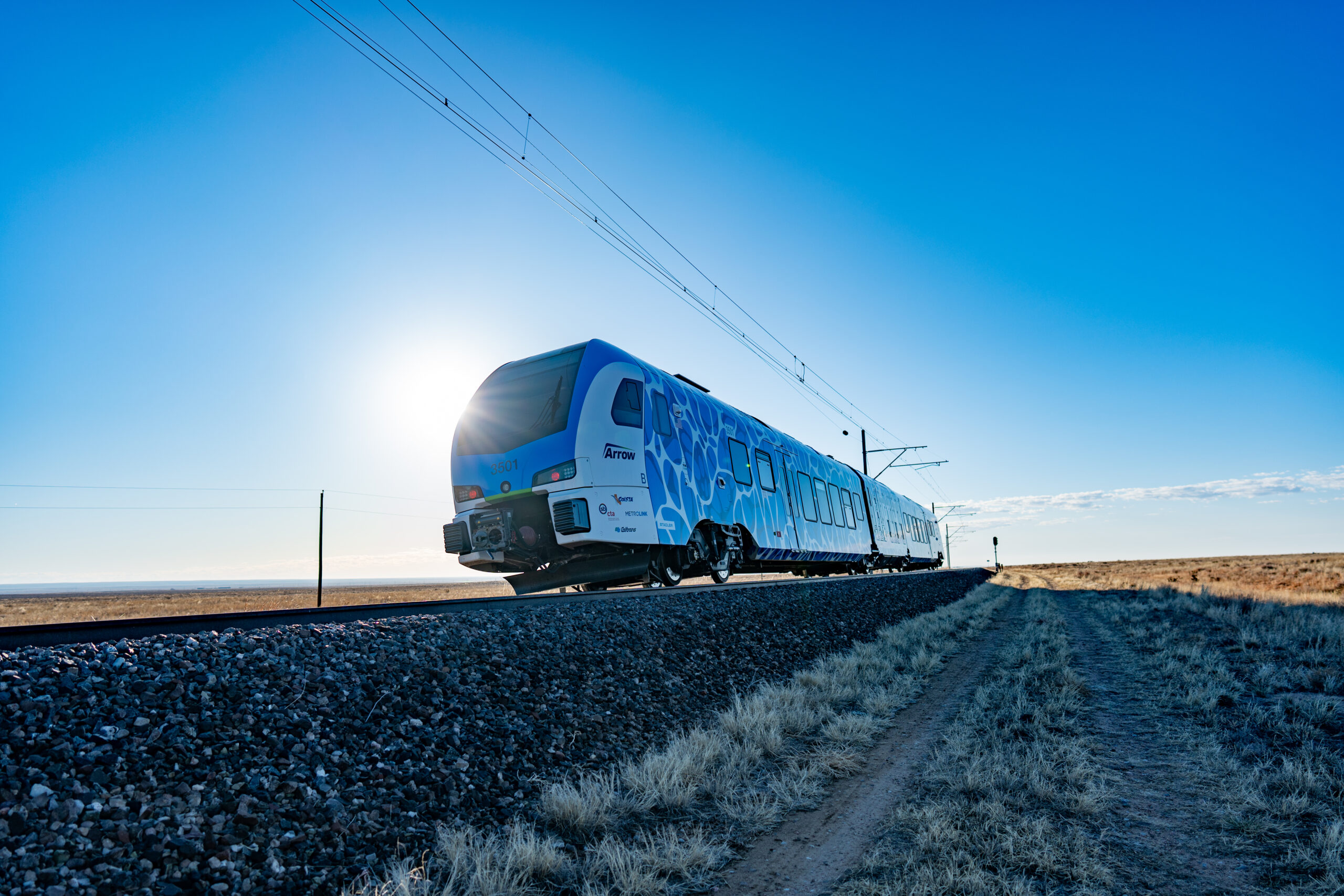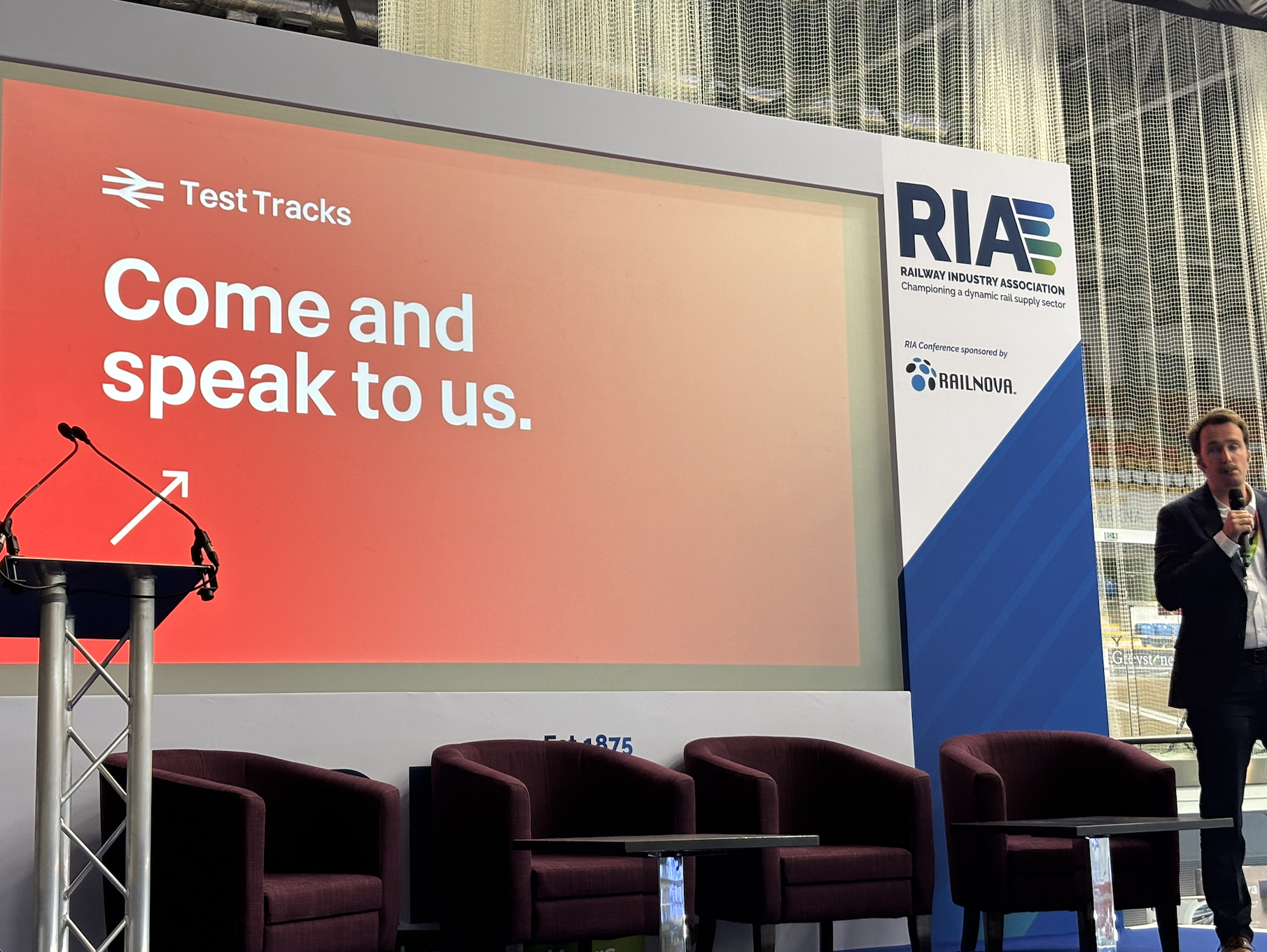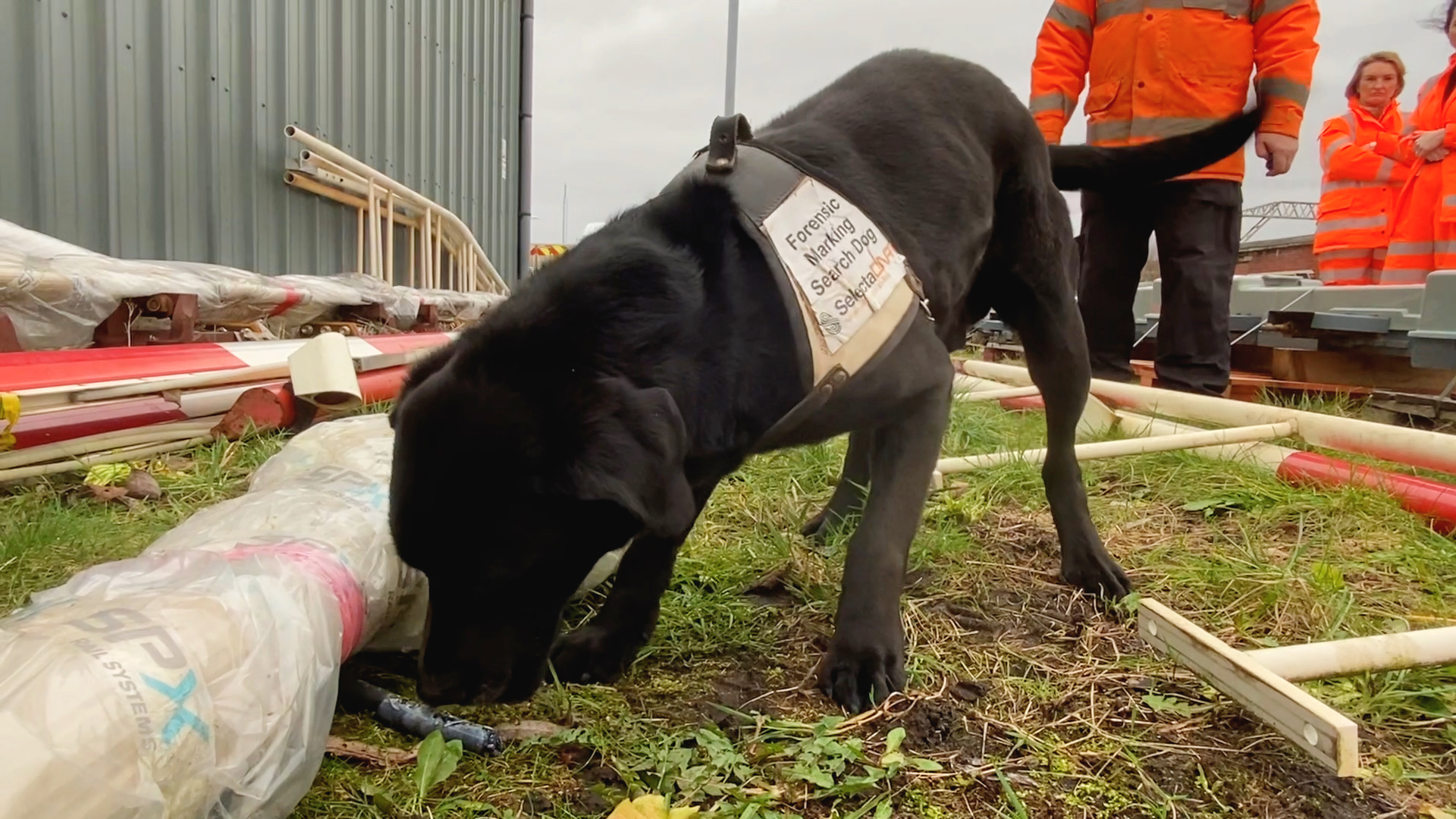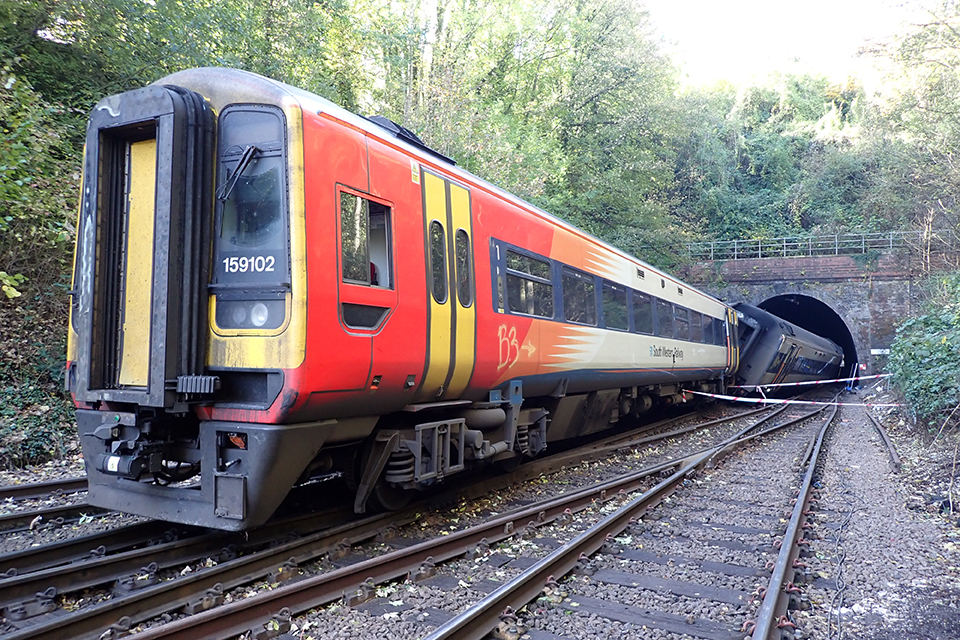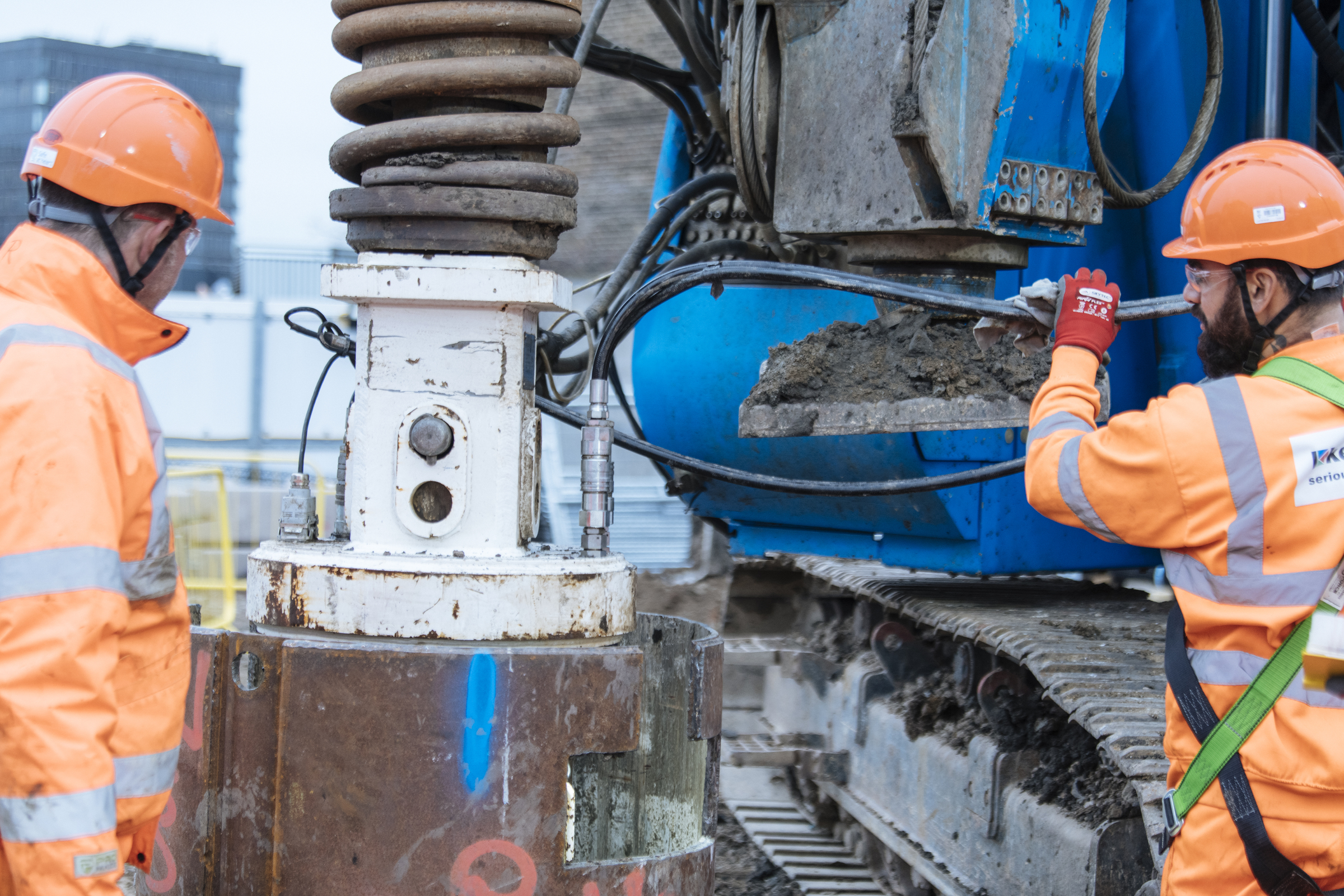Once upon a time, not too long ago, CrossCountry Trains ran three trains between Birmingham and Southampton every two hours.
You could travel by rail from the south coast to the West Midlands without worrying too much about what time you were coming back again. Today, just a third of those services are still running: journey planners suggest alternative routes which take up to four hours and involve changes at places like Reading (which makes sense) or Bristol (which really doesn’t). This does not seem likely to make it more attractive to travel by train.
CrossCountry is hardly alone: train operating companies (TOCs) across the board have been making similar decisions. Southeastern had already quietly decided to shelve long-nurtured plans to increase frequencies on some of its suburban routes; in January, it announced plans to cut 7%, around 1 in 14, of its services, “so that we can offer passengers more certainty that trains will be operating and on time”. Southern, too, has slashed frequencies on a whole swathe of routes, claiming it’s the “most effective means of ensuring our customers receive a reliable service”; South Western Railway has done much the same, and been attacked by assorted LibDem MPs for its trouble. The list goes on.
On the face of it, the proximate cause of these cuts is covid, and more specifically, the omicron variant, which has been less horrific than those which preceded it but spent the winter making vast numbers of people ill nonetheless. That has meant advice from the government to work from home, reversing last autumn’s baby steps back to normality; it’s also meant a lot of railway staff being off sick with very little notice. The situation has, for obvious reasons, both reduced demand for train travel, and made it unusually difficult for TOCs to guarantee they have the staff to provide it.
Some observers, by which I mean me, have cynically wondered whether there might be something else going on here, too. The winter of 2010 saw vast numbers of trains on certain routes cancelled altogether at the first sign of a snowflake. Some genius somewhere seemed to have worked out that the financial penalties for consistently running at a delay (refunds and so forth) would be greater than those for simply not running any trains at all, and had acted accordingly.
That can’t be it this time: the franchise system is dead, another victim of the pandemic. But there are other reasons to think the TOCs’ chosen explanation doesn’t entirely stack up. It seems to assume that passengers would be happier with a guaranteed low-frequency service than a higher frequency one which might on occasion get cancelled. I’m not entirely convinced human nature actually works like that.
Stewart Palmer, a director at Railfuture who’s spent a lot of time looking at the SWR changes specifically, suggests an alternative explanation. The story of UK rail in the second half of the 20th century was one of decline, he argues: passenger numbers fell more years than not. The franchise system, whatever its other faults, gave train operators an incentive to grow, and in the two decades after privatisation, journey numbers doubled.
That system was already wobbling, due to falling interest from bidders and a series of emergency nationalisations, even before the pandemic finished it off for good: now the TOCs are effectively just contractors, paid a set fee to run the services the Department for Transport tells them. There’s no incentive to try to get numbers back to their pre-pandemic levels.
Worse than that, since DfT funding is set by the Treasury – and since neither institution, Palmer argues, properly understands the railway industry’s cost model – there is actually an incentive to cut services. “The Treasury think they’re saving money by reducing train services,” Palmer argues. The problem is that the railways have high fixed costs, through things like infrastructure costs and train leasing, and relatively low variable ones that you can actually reduce by cutting services: the risk is that operators will deter passengers, without making a dent in the cost of running the network. “If you provide a lousy service people won’t use it. There’s no point in saving £1 in cost and losing £2 in revenue.” It’s the British Rail years all over again, only this time private companies are making a profit from it.
Hopefully, some of the omicron-wave of cuts will prove temporary: perhaps public outrage or growing demand will persuade the TOCs and the purseholders to fatten their timetables once again. But that, surely, is more likely on busy commuter routes than those used primarily for leisure or other purposes. If the government wants to hit its environmental targets, it needs to persuade more, not fewer, people to use the trains. Someone should have a word with the Treasury.
About Jonn Elledge
Jonn Elledge is a journalist and editor who specialises in transport and local government. Former assistant editor of the New Statesman.

















